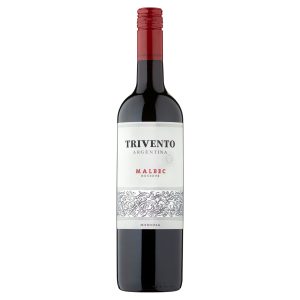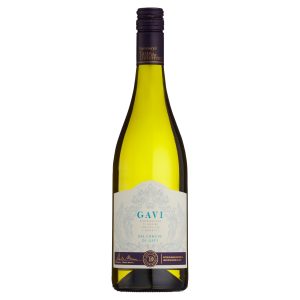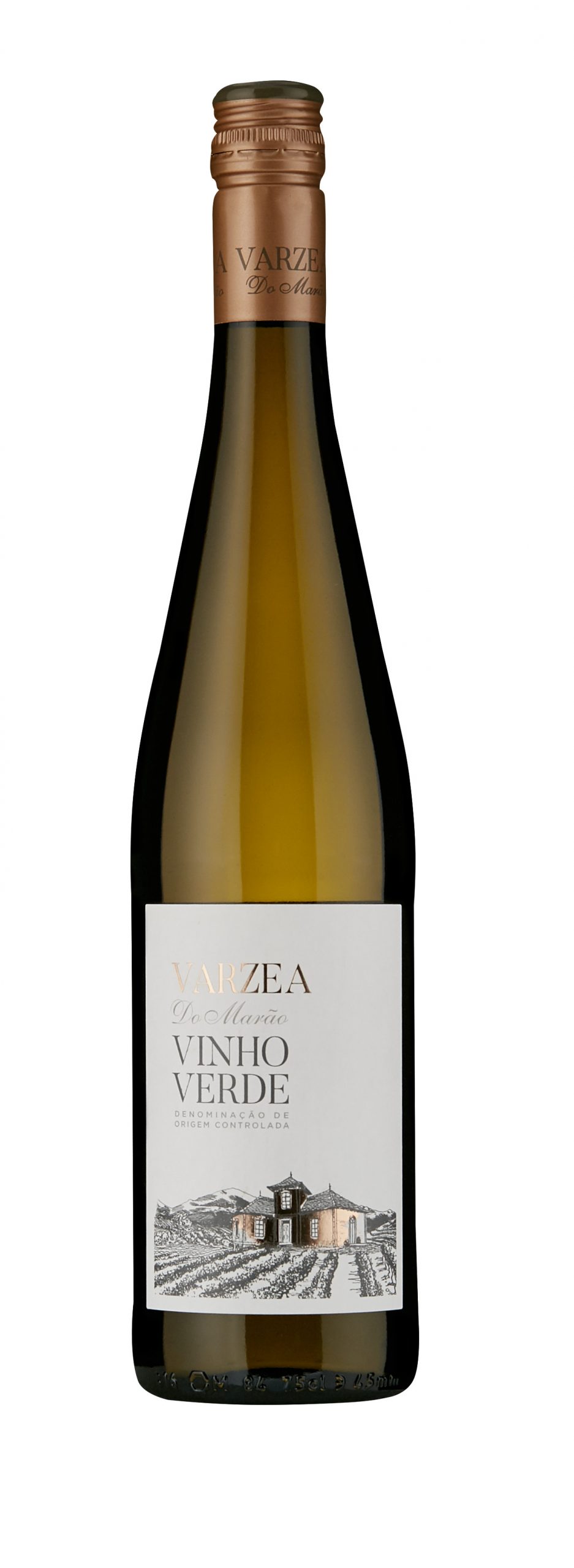The next 21 day Sainsbury wine promotion starts in store this morning and will run until 13 August.
It contains a large number of useful (rather than dramatic) discounts and I have pinpointed six that I think merit your attention.
Some of them are old favourites that become even better value with the price reductions this promotion contains.
Also featured today is an alert about “soon to end” discounts at M&S, our usual Best of the Rest selections and a Top Tip about unravelling what sparkling wine classifications mean.
As usual, where pictures are available use them to find the wine concerned quickly in the crowded displays that are normal in most UK supermarkets.
New World merlot with a difference
With so much new world merlot made to be light, bright and ripe it is pleasing to find a version from one of the sub-regions of Chile’s Central Valley that has real savoury substance and is more like fare from, say, Bordeaux.
Note then the herb, cinnamon, vanilla and broadly savoury texture of 2018 Taste the Difference Maipo Merlot (£6 – instead of £7 until 13 August at Sainsbury’s – and 13.5% abv) that attractively supports the wine’s cherry, blackcurrant and raspberry fruit , good acidity but limited tannin..
Staying in South America

It is a comparatively short hop over the Andes from Chile to Argentina’s Mendoza wine region and, in this case, to the high and cool Uco Valley (the vineyards for this wine, for instance, are at an altitude of just over 1000 metres).
The results in 2017 Trivento Reserve Malbec (£6.50 – instead of £8 – and 13%) deliver excellent red wine with spicy cherry and loganberry fruit, limited tannin and firm acidity – all supported by suggestions of cinnamon and menthol.
Back to Europe next

As well as red and both sweet and dry white wines, Bordeaux also produces a quantity of rosé although, depending on the grape varieties used, the result can be a tad harsh – but not so with this well made, merlot dominated blend from the sea end of the Right Bank.
Gently spicy with an especially clean mouth-feel, 2018 Taste the Difference Bordeaux Rosé (£6.50 – instead of £8 until 13 August and 12.5%) has raspberry and red cherry fruit, good acidity and a background that embodies hints of herbs and of chocolate.
A second look at this trio
Here are three wines I have recommended before but that have now popped up in this latest promotion. For completeness, my commendations are repeated here but showing the (temporarily) reduced price.
A special part of Languedoc

Saint Chinian is not only one of the oldest Languedoc wine regions but geology also helps make its wines some of the most distinctive – a claim given considerable credence by this impressive example.
With 20% grenache added to the 80% syrah 2016 Taste the Difference Saint Chinian Syrah Grenache (£8 – instead of £9 until 13 August and 14%) delivers well defined raspberry and plum fruit with bold acidity, limited tannin, hints of menthol and chocolate plus a concluding twist of graphite.
A cut above ordinary Gavi

Piedmont’s principal white grape, cortese, is famed for its combination of delicacy yet distinctiveness and of all the 13 communes allowed to use the name Gavi, the most prized wines are from the township itself – and (logically) labelled Gavi di Gavi.
Without forsaking any of that classic delicacy 2018 Taste the Difference Gavi di Gavi ((£10 – instead of £12 until 13 August and 12.5%) still brings us a textured grapefruit core enlivened by good acidity but supplemented by suggestions of herbs and of savoury spices.
And some bubbles

I was impressed by the quality of a couple of Taste the Difference champagnes – which are both terrific value for money at their list prices – but the Blanc de Noir made entirely from the black skinned pinot noir (40%) and meunier (60%) currently drops below £20.
So, if you are quick, I suggest you opt for the appreciable charms of Taste the Difference Blanc de Noirs Brut Champagne (£19 – instead of £21 until 13 August and 12%) with its rounded apple and lemon fruit, nippy acidity and biscuit centred depth.
BEST OF THE REST
It’s that revival again

I have spoken before about the metamorphosis in Vinho Verde that has achieved such an important step change in their wines over the last ten years or so.
Trend setters there looked at how to preserve what the region’s whites did well (light, lively and – above all – fresh), recognised though that better defined fruit was needed and then sought blends of local grape varieties that combined both aspects.
For an excellent example of its success, seek out the soft and gentle 2018 Varzea Vinho Verde (£6.99 from Majestic in Scotland and as part of a mixed six elsewhere,and a mere 9.5%) with its refreshing lime acidity, green apple and greengage fruit, hint of peach but only a very mild prickle.
Unusual but perfect for Summer

Burly reds do not work when temperatures climb and that is when lighter reds come into play – so enter, please, Austria’s prolific Zweigelt grape and the distinctive “summer friendly” reds it begets.
Soft and light textured 2017 Bin #002: Zweigelt (£8.95 at The Wine Society and 13.5%) is an excellent example built around smooth loganberry and black cherry fruit and gentle acidity but also containing touches of nuttiness, dark chocolate and white pepper.
SUNSET CORNER

The latest promotion at M&S comes to an end next week (29 July) so here are details of a few wines it contains.
- Bidoli Pinot Grigio delle Venezie is down from £7 to £6
- Sicilian Shiraz is down from £7 to £6
- Le Froglet Sauvignon Blanc and Shiraz are both down from £7 to £6
- Burra Brook Merlot and Chardonnay are both down from £7 to £6
- Val de Loire Sauvignon Blanc is down from £7 to £6
- Wave Break Merlot Pinot Grigio and Zinfandel Rosé are all down from £7 to £6
- Champagne Delacourt Brut, Rosé Brut, Medium Dry Rosé and Medium Dry are all down from £30 to £20.
Remember though that all these wines are “subject to availability” and prices may vary. These details are for information and, unlike commendations elsewhere on this site, are not necessarily endorsements for the products.
TOP TIP
Tip: Use this clear and convenient chart to see where your particular taste in Champagne or sparkling wine sits.

Folk who enjoy a glass of champagne or sparkling wine (and who doesn’t?) may well be familiar with the excellent Glass of Bubbly website.
If not, use this link to hop over to their landing page to see what they are all about and possibly sign up for their newsletter.
One of the resources the site’s organisers provide is a really helpful chart on sparkling wine sweetness levels and what their (sometimes counter intuitive) terms mean.
The most frequently encountered pair is Brut and Extra Dry where one could actually involve twice as much added sugar as the other – but which is the drier?
If you are expecting an apparently illogical answer you would be right – Brut must contain less than 12 grams per litre of added sugar while the range for Extra Dry is 12-17 g/l.
So, an Extra Dry at 16 grams could have twice the level of a Brut at 8 grams.
The complete picture is neatly presented in that chart I mentioned a minute or two ago which can be accessed this way. It may take a few moments to load though.
If you like more austere fizz, then look out for Extra Brut or even Brut Zero.
However, “Dry” and Demi-Sec levels are available for food, occasions or people where a little extra sweetness is needed.
Try comparing Brut and Extra Dry versions (possibly in those bars or restaurants with a range of sparkling wine by the glass) to see which suits you better.
Further down that Infographic page there are details of Champagne bottle sizes but that, of course, is a story for another day.








